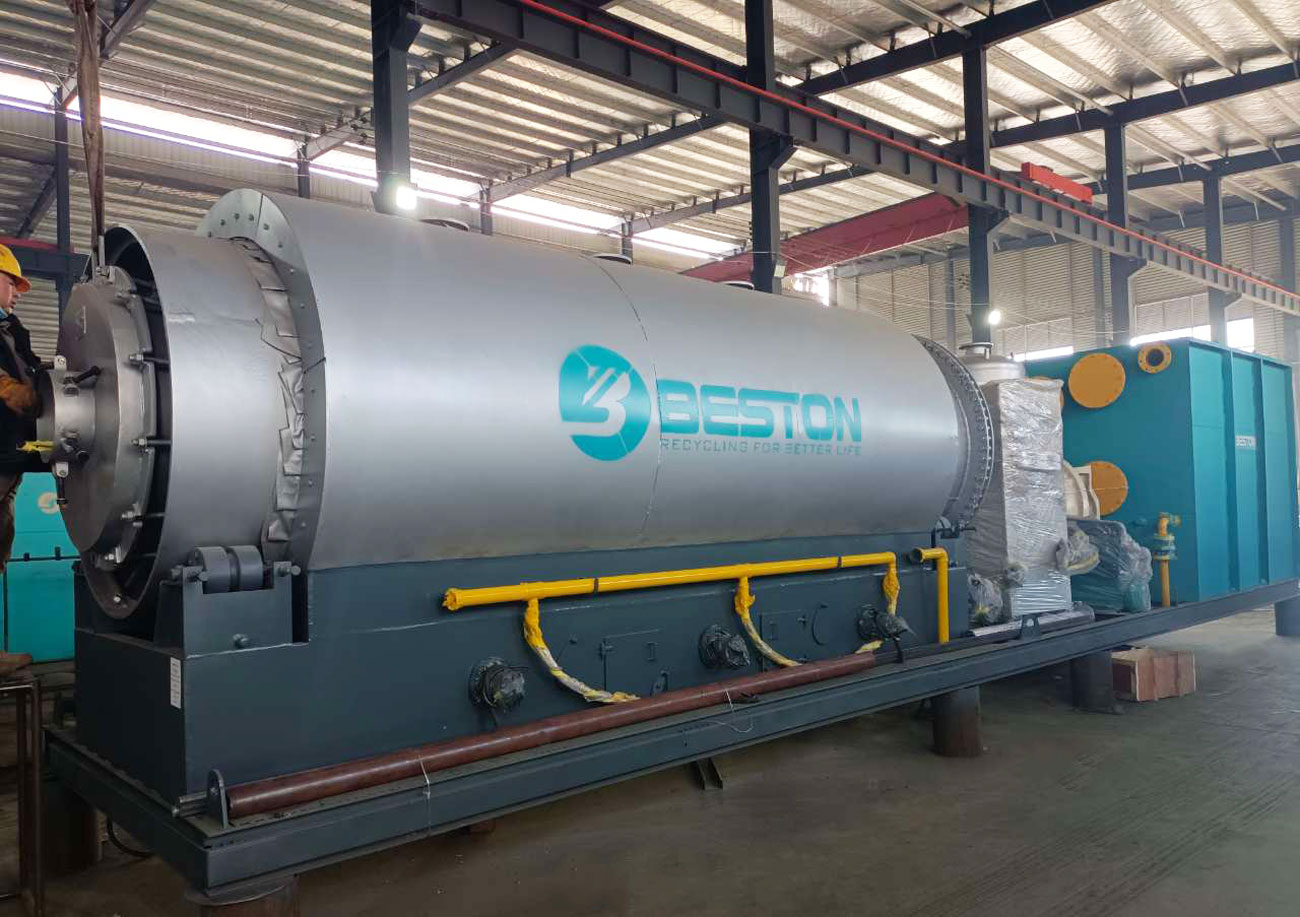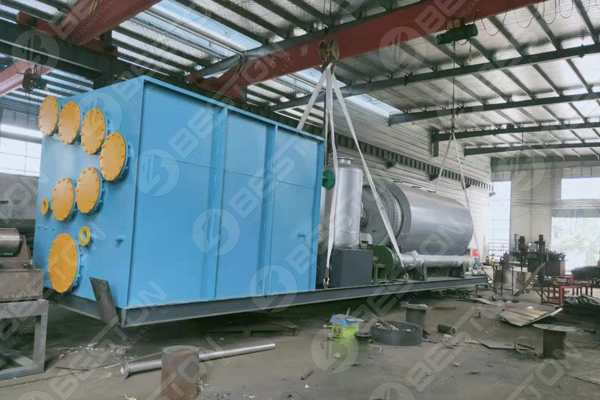In an era marked by increasing concerns about environmental sustainability, finding innovative and effective solutions for waste management is crucial. Pyrolysis technology has gained significant attention as a potential game-changer in this field. By converting various types of waste into valuable resources, pyrolysis plants offer a promising approach to waste reduction and environmental conservation. However, it is essential to examine whether pyrolysis plants are truly right for the environment. Let’s delve into this topic and explore the environmental impact and benefits of pyrolysis machine.
Waste Reduction: One of the primary advantages of pyrolysis plants is their ability to reduce waste accumulation. Through the process of pyrolysis, organic and inorganic waste materials such as plastics, tires, biomass, and rubber are thermally decomposed, resulting in the production of valuable outputs like fuel oil, carbon black, and gas. By diverting waste from landfills and incineration, pyrolysis plants help minimize the environmental burden associated with waste disposal and contribute to waste reduction goals.

Energy Recovery: Batch pyrolysis plant plays a vital role in energy recovery from waste materials. The fuel oil and gas produced during the pyrolysis process can be used as alternative energy sources. The fuel oil can be utilized in industrial processes, power generation, or as heating fuel, reducing the reliance on fossil fuels and decreasing greenhouse gas emissions. This energy recovery aspect of pyrolysis plants contributes to a more sustainable energy landscape and supports the transition towards a circular economy.
Greenhouse Gas Emissions: Traditional waste management practices, such as landfilling and incineration, can release significant amounts of greenhouse gases into the atmosphere. Pyrolysis plants offer a more environmentally friendly alternative by minimizing greenhouse gas emissions. The controlled pyrolysis process occurs in an oxygen-deprived environment, which prevents the release of harmful gases like methane. Additionally, the combustion of the derived fuel oil or gas can be more efficient and cleaner compared to fossil fuels, further reducing carbon emissions. This type is suitable for small-scale business: https://www.bestongroup.com/skid-mounted-pyrolysis-plant/.

Resource Recovery: Pyrolysis plants enable the recovery and reuse of valuable resources from waste materials. For example, the carbon black produced during pyrolysis can be used as a reinforcing agent in rubber production or as a raw material in the manufacturing of various products. This resource recovery aspect not only conserves natural resources but also reduces the need for new raw materials, thereby minimizing the environmental impact of resource extraction and promoting a circular economy.
Environmental Considerations: While pyrolysis plants offer significant environmental benefits, it is crucial to consider certain aspects to ensure their proper operation. Adequate emission control systems and technologies should be implemented to minimize air and water pollution. Compliance with local environmental regulations and standards is essential to ensure the safe and sustainable operation of pyrolysis plants. This type is suitable for large-scale business: https://www.bestongroup.com/continuous-waste-tyre-pyrolysis-plant/.
In conclusion, pyrolysis plants can be an environmentally sound solution for waste management. They contribute to waste reduction, energy recovery, greenhouse gas emissions reduction, and resource recovery. However, it is vital to implement proper emission control measures and adhere to environmental regulations to mitigate any potential negative impacts. Pyrolysis technology, when applied correctly and responsibly, can play a significant role in building a more sustainable and circular economy, where waste is transformed into valuable resources while minimizing environmental harm.